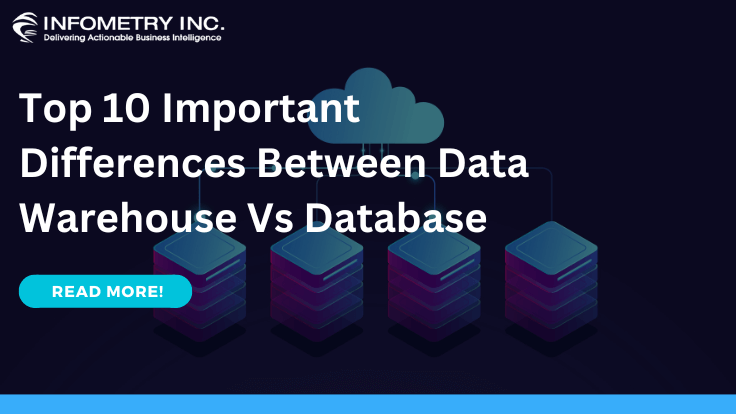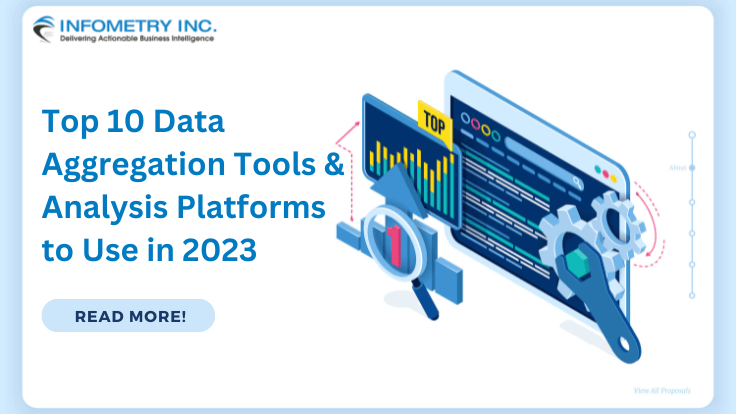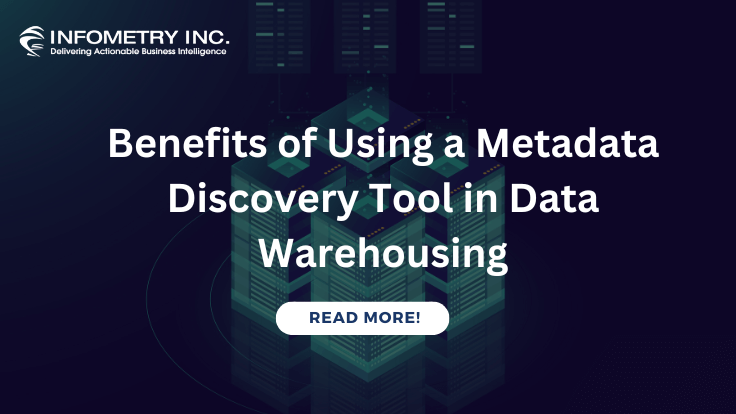
Top 10 Important Differences Between Data Warehouse Vs Database
January 20, 2023
Top 10 Data Aggregation Tools & Analysis Platforms to Use in 2023
January 25, 2023Cloud Data Warehouse is a new-age data storage solution built on the cloud. Choosing the suitable Data Warehouse and the appropriate BI tools & technologies is vital for bringing state-of-the-art experiences from your essential information. Yet, there’s one critical question to answer before you start your hunt: how much does a Cloud Data Warehouse cost, exactly?
The assumption is that your selection of the data warehouse will have a good ROI — yet the return on investment of any data warehouse will intensely depend on its parts and how well it links with your ongoing organization work processes and techniques. As indicated by the IT research and advisory firm Gartner, “cost should be an optional worry to the accomplishment of business benefits” while purchasing Data Analytics solutions. At the end of the day, focusing on functionality will be more prosperous over the long haul than focusing primarily on cost.
With everything said, however, price is still a fundamental component in any Enterprise Data Warehouse buying choice. In this article, we’ll go over the various viewpoints that play into the cost of a data warehouse so you can make a more imaginative, better-informed choice for your association.
What Is Cloud Data Warehouse?
The cloud data warehouse solution has changed the traditional strategies for data platform development. You can utilize a data warehouse service within a few moments without the platform technical experts’ direction. Enterprise data analysts and non-technical personnel can rapidly access and process large-scale data to acquire business understanding. Enterprises can focus on business issues at a lower cost without stressing over convoluted platform technologies. Furthermore, modern cloud data warehouse services can meet more analysis prerequisites, for example, ETL for massive data, interactive query, machine learning, and unstructured data processing. An ever-increasing number of enterprises are considering utilizing the cloud information stockroom to construct their data analysis platforms.
Forrester, an authoritative market research institution, defines a cloud data warehouse as a safe and scalable self-service data warehouse accessible on request. The solution speeds up the data analysis process through automated deployment, backup, management, optimization, and recovery and minimizes the requirements for technical support.
Some More Advantages of Having Cloud Data Warehouse
Data Access
Storing their data in the cloud enables corporations to give their analysts access to real-time data from numerous sources, allowing them to run better analytics quickly.
Scalability
It is less expensive and much faster to scale a cloud data warehouse than an on-premises system because it does not require purchasing new hardware (and possibly over- or under-provisioning), and the scaling can happen automatically as needed
Performance
A cloud data warehouse permits queries to be run much faster than they are against a traditional on-premises data warehouse for a lower cost.
However, numerous leaders worry about how to pick a proper cloud data warehouse, and the vital variables to be considered are concerns of many decision-makers. So, here are the top 6 tips to reduce your BI cost on Cloud Data Warehouses.
Top 6 Tips to Reduce Your BI Cost on Cloud Data Warehouses
Use Cloud-Native Tools and Services
Many cloud providers offer native data warehousing solutions that are optimized for their platform and can be more cost-effective than third-party options.
Optimize Storage and Compute Costs
You can reduce unnecessary costs by choosing suitable storage and compute options for your data warehousing needs. For example, using lower-cost storage options such as cold storage for infrequently accessed data.
Use Data Compression and Partitioning
Compressing and partitioning your data can help reduce storage costs and improve query performance.
Use Auto-Scaling
Auto-scaling allows your data warehouse to scale up or down based on demand, which can help you avoid paying for resources you don’t need.
Use Cost-Effective Data Transfer
Use cost-effective data transfer options like data transfer appliances or network optimization tools to move data into and out your data warehouse.
Monitor Usage and Costs
Regularly monitoring your data warehouse usage and costs can help you identify areas where you can optimize and reduce costs.
Moreover, utilize Cloud Data Warehouses reserved instances; this will help you save up to 60% of your costs. Also, use serverless Cloud Data Warehouses; this will help you pay only for what you use. Optimize your data layout and access patterns; this will help you save on storage and computing costs.
Conclusion
Cloud data warehouses have a much lower barrier to reception and are more reasonable than traditional on-premises warehouse solutions. Nonetheless, the adaptability of on-request subscriptions and pay-as-you-go pricing arise evaluating can be confounding and hazy. To reduce surprises and further develop permeability, clients should hope to contribute significant time researching variabilities for the most reliable functional quotes. Although by implementing these tips, you can effectively reduce your BI costs on cloud data warehouses.




